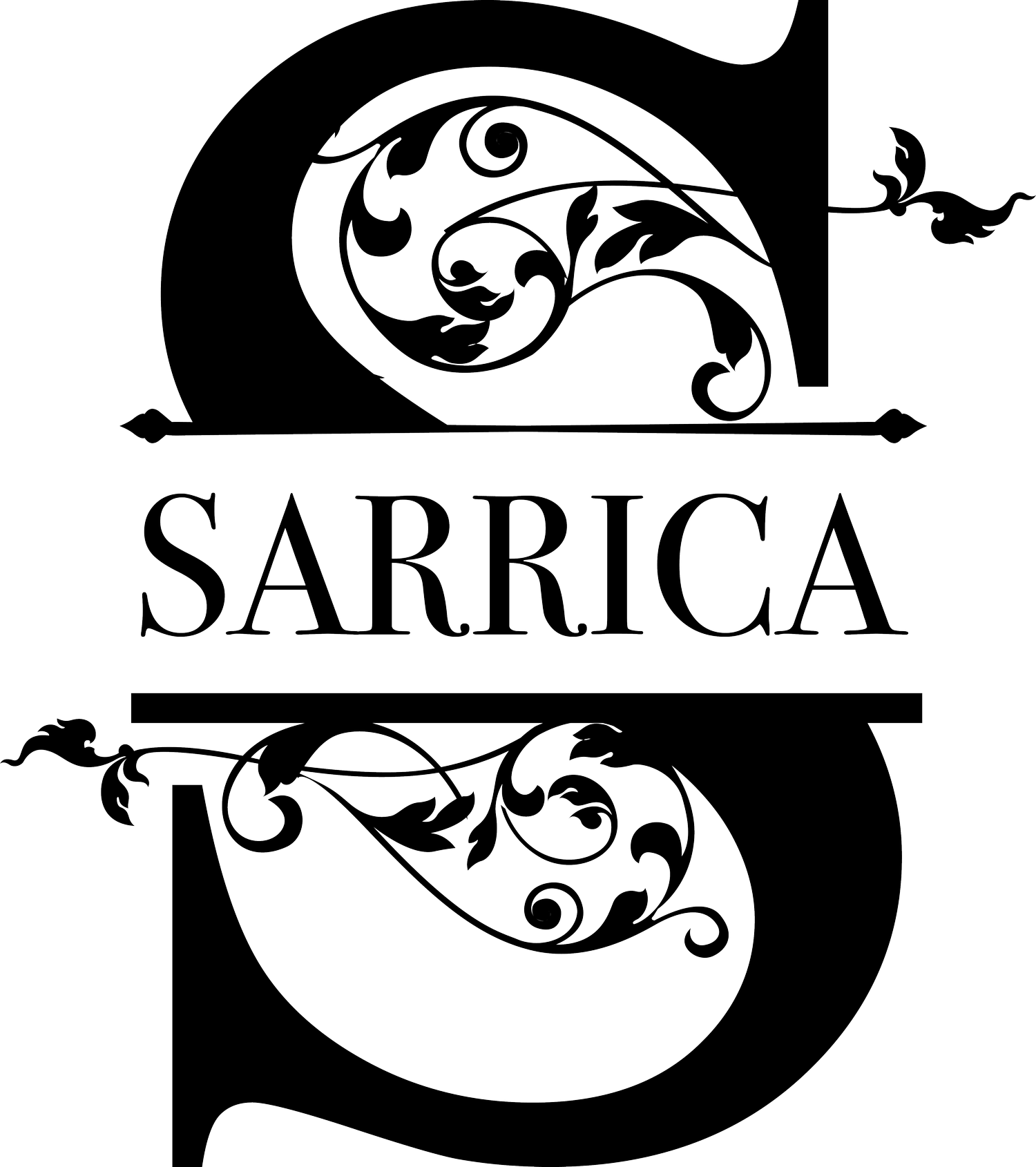Recovery & Exercise
Part 1 - Proper Recovery Techniques to Keep our Bodies Injury Free
Why is it that no one ever thinks about rest and recovery when exercising? The do’s and don’ts.
One thing that I’ve noticed over my 15-year career treating 1000’s of athletes and weekend warriors alike is that they do not want to spend the time nor provide the effort for recovery work. What do I mean by recovery? It’s the process of restoration to a former or better condition. Meaning you’re taking your body through a recuperation of muscle tissue breakdown post exercise (intense strength training workout) or physical trauma (e.g. running a marathon). So how do you assist your body in recovering post exercise. Mobility training, controlled stretching, Epsom salt baths, proper rest/sleep, proper diet.
Mobility training
The active and active assistive movement of the joints, muscles, and other connective tissues to allow for proper physiologic motion. You can do this at home by using a round foam roller on your legs and upper body within 24 hours post intense workout.
Stretching
You can do these 2 ways, either active isolated stretching (actively go into a stretch with a stretch out strap and repeat 10x to each muscle group) or passive static stretching (traditional stretching using a stretch out strap and holding for a minimum of 30 seconds and repeat 2-3x per leg. Don’t forget to breath throughout your stretch.
Epsom Salt Baths
This practice has been used for years as a homeopathic remedy with little research to back it up, however the active ingredient is magnesium sulfate (which is an antispasmodic). Essentially reducing muscles spasm, inflammation and de-stressing our musculoskeletal system. Try this for 20 minutes with warm water in a bath with 1-2 cups of Epsom Salt.
Proper sleep/rest
This is completely undervalued in our society today. From mobile devices to video games and the internet the “blue” light is tricking our brains into thinking that it is day time all the time. Adults should be getting 7-9 hours of rest per night or your mental and physical performance may suffer.
Diet
Foods can be inflammatory or anti-inflammatory to our digestive system. We need a good balance of fruits (lots of berries) and vegetables (lots of color in your dish) to help in connective tissue recovery. Some other anti-inflammatory foods include but not limited to dark leafy greens, including kale and spinach; blueberries, blackberries and cherries Also, we need to drink lots of water to assist our lymphatic system in getting rid of waste products efficiently.
In order to keep ourselves moving properly and prevent injury we need to consider all the above in our weekly & daily routines. Part 2 to come will provide visuals of the mobility exercises and stretching techniques that we use daily at Sarrica Physical Therapy & Wellness. A link has also been provided below to purchase the stretch out strap and foam roller if you don’t have access to one.
In health,
Dr. Marcello Sarrica, PT, DPT, OCS, COMT, CSCS
Sarrica Physical Therapy & Wellness

